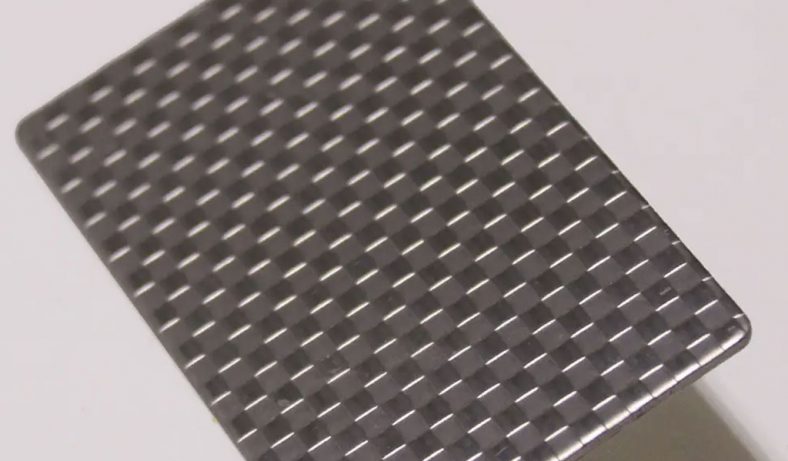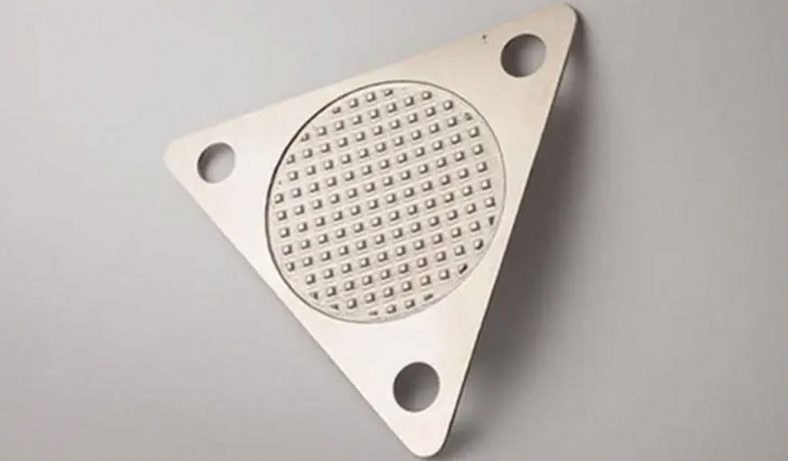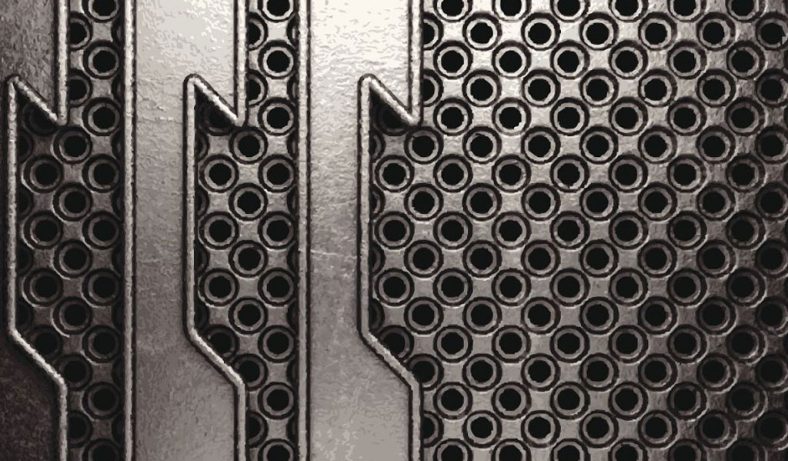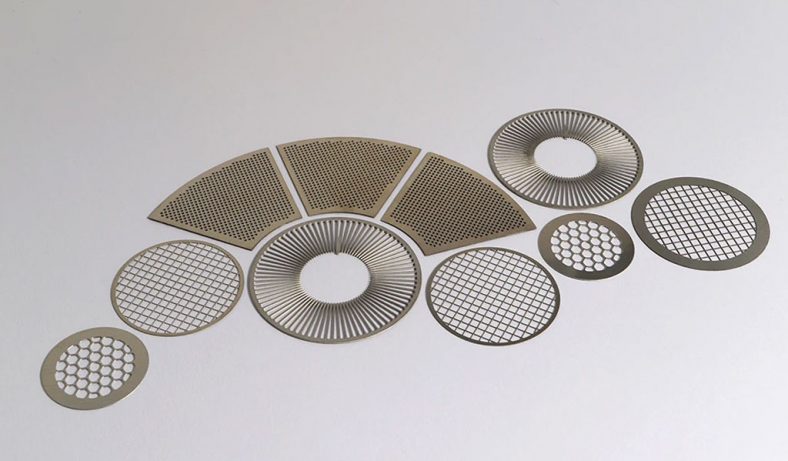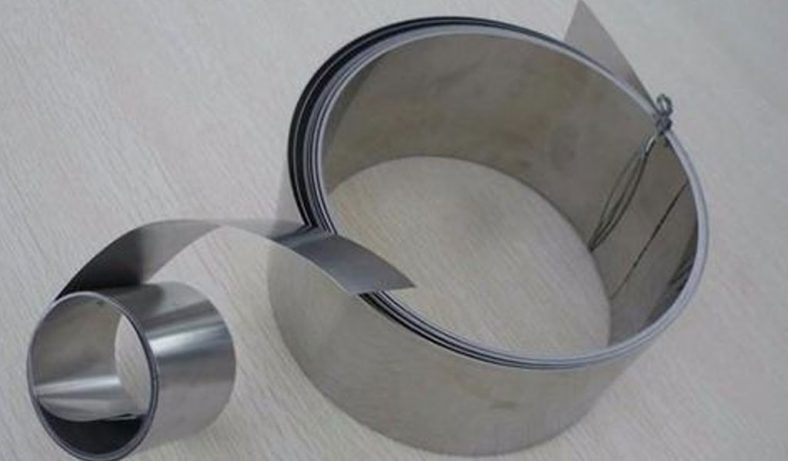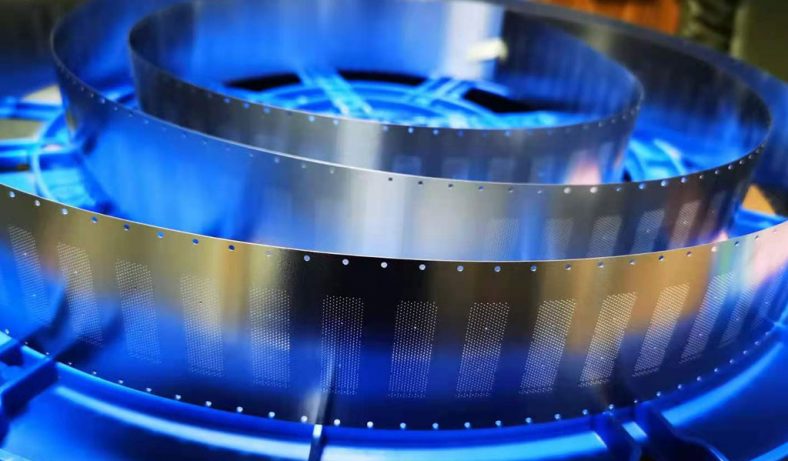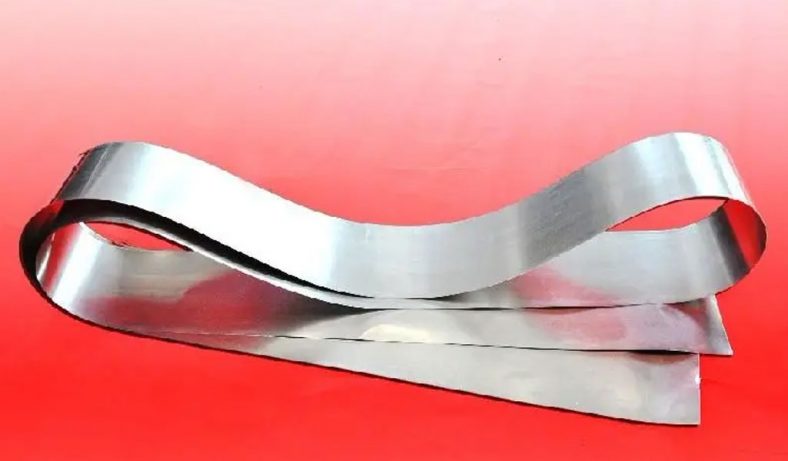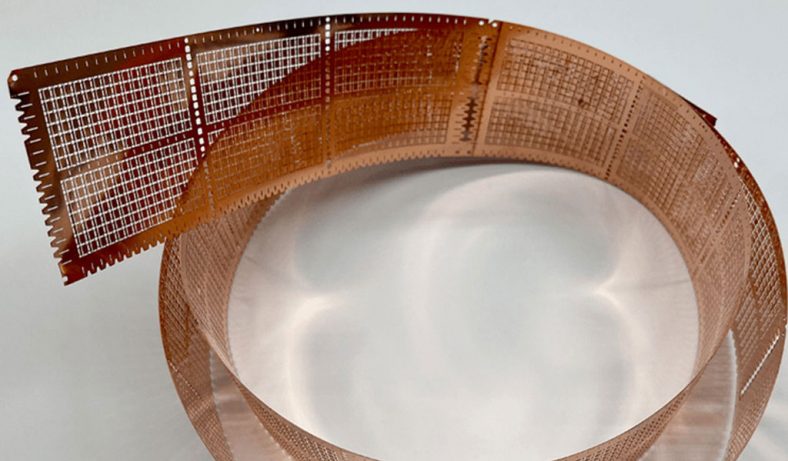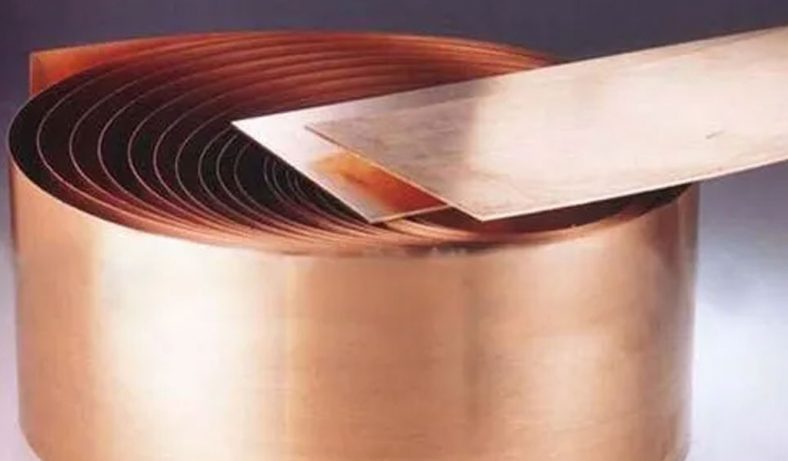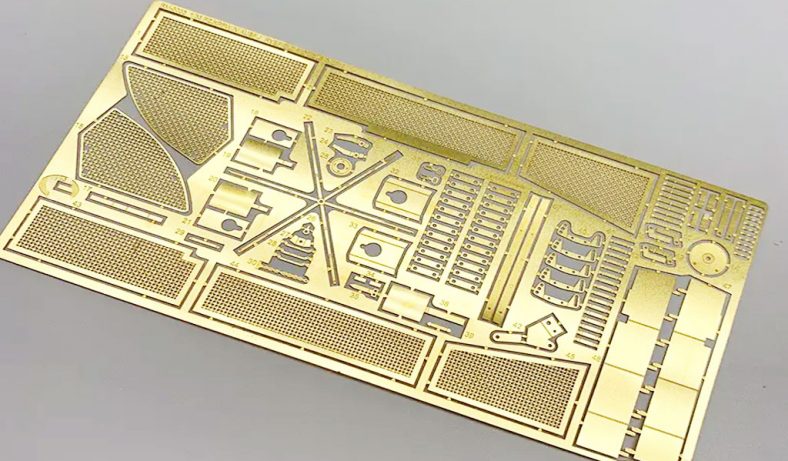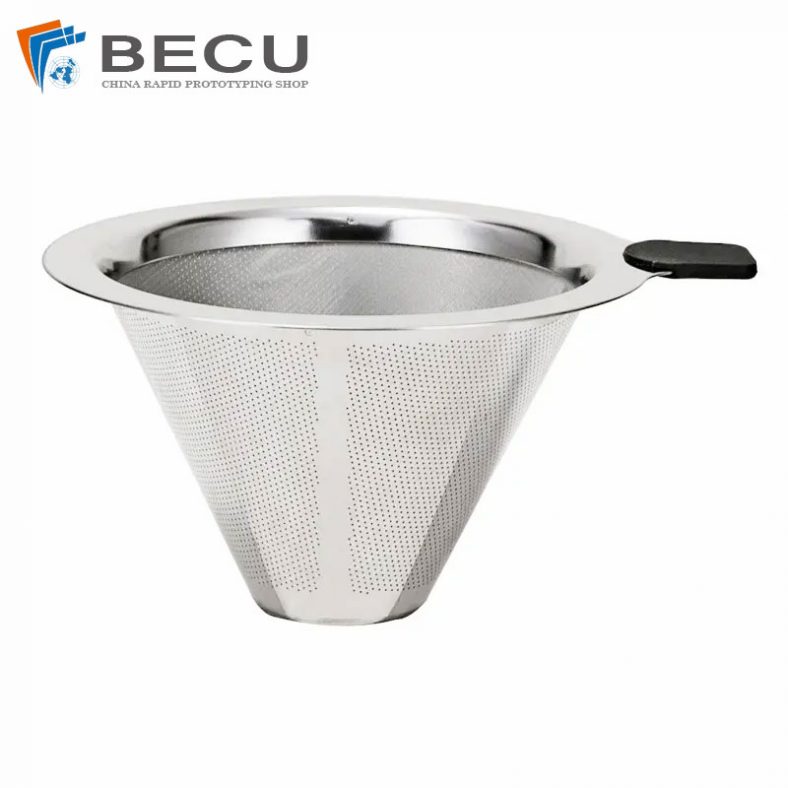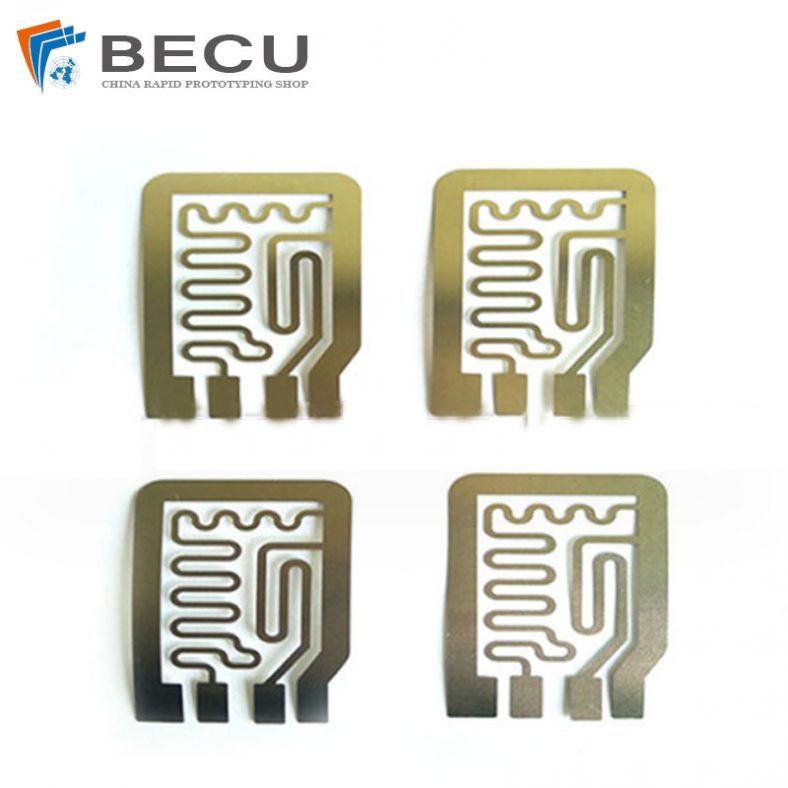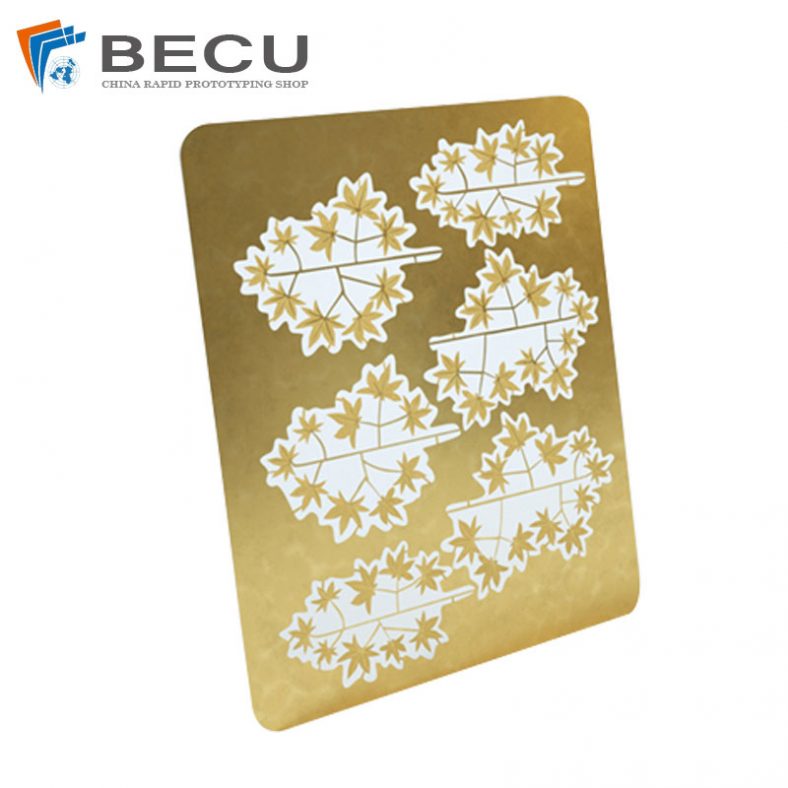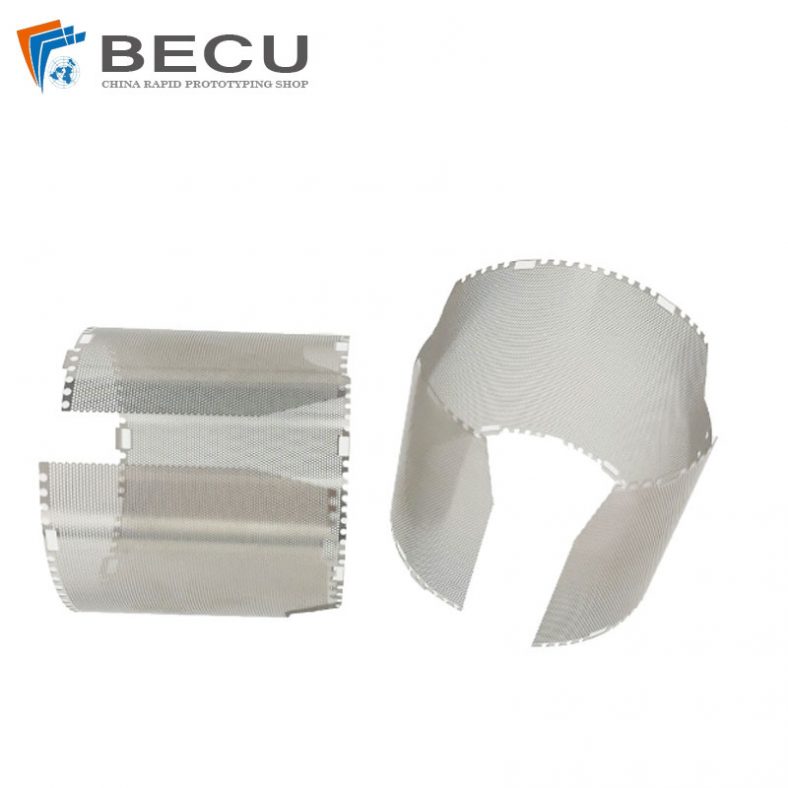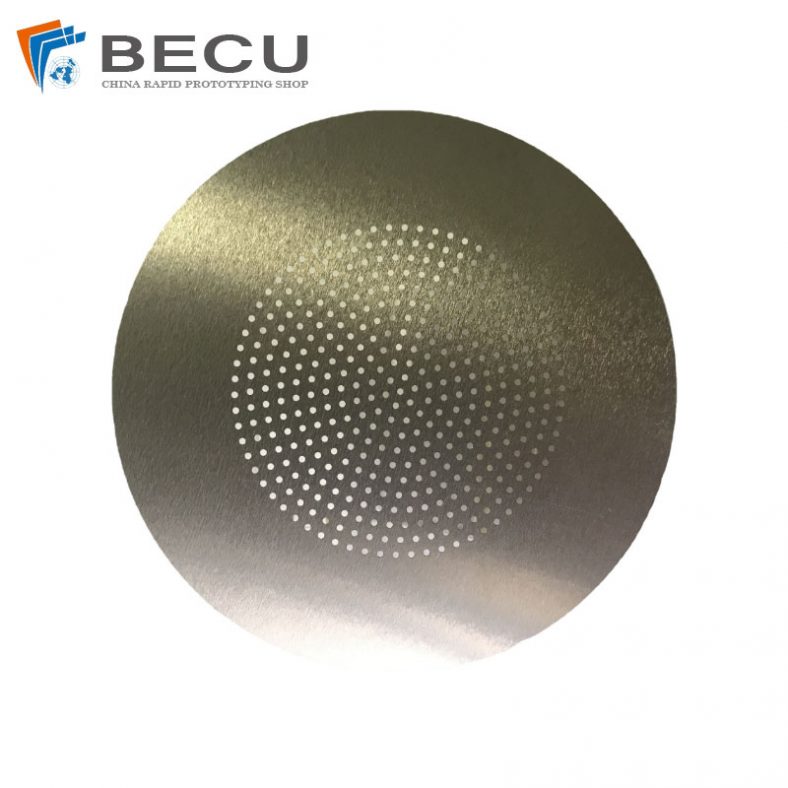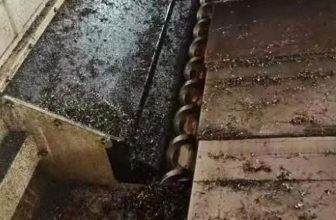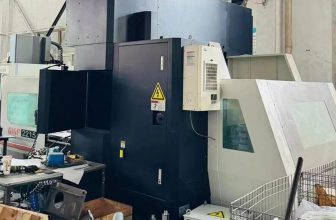Wet etching is a fundamental process in microfabrication and materials science, used to selectively remove material from a substrate through chemical reactions with a liquid etchant. The etching depth, a critical parameter in this process, determines the precision and functionality of the resulting structures, particularly in applications such as semiconductor manufacturing, microelectromechanical systems (MEMS), and nanotechnology. Among the numerous factors influencing etching depth, the concentration of the etching solution plays a pivotal role, as it directly affects the reaction kinetics, etch rate, and surface morphology. This article provides a comprehensive examination of how solution concentration influences etching depth in wet etching, exploring the underlying chemical principles, experimental observations, and practical implications. The discussion is grounded in a detailed analysis of reaction mechanisms, supported by comparative tables, and contextualized within the broader framework of materials processing.
Introduction to Wet Etching
Wet etching involves immersing a substrate, typically a semiconductor wafer or thin film, in a liquid chemical solution that reacts with the material to remove specific regions. The process is widely used due to its simplicity, cost-effectiveness, and ability to achieve isotropic or anisotropic etching depending on the etchant and substrate. Common applications include the fabrication of integrated circuits, patterning of thin films, and surface preparation for subsequent processing steps. The etching depth, defined as the thickness of material removed perpendicular to the substrate surface, is a key metric that governs the dimensional accuracy of the etched features.
The etching process is governed by several parameters, including temperature, agitation, substrate composition, and, most critically, the concentration of the etching solution. Solution concentration influences the availability of reactive species, the rate of mass transport, and the chemical equilibrium at the substrate-solution interface. Understanding the relationship between concentration and etching depth is essential for optimizing process conditions and achieving desired outcomes in microfabrication.
Chemical Principles of Wet Etching
Reaction Mechanisms in Wet Etching
Wet etching relies on chemical reactions between the etchant and the substrate material. These reactions can be broadly classified into oxidation-reduction (redox) processes, acid-base reactions, or complexation reactions, depending on the etchant and substrate. For example, in silicon etching, hydrofluoric acid (HF) reacts with silicon dioxide (SiO₂) to form soluble hexafluorosilicic acid (H₂SiF₆), while alkaline etchants like potassium hydroxide (KOH) etch silicon anisotropically by attacking specific crystal planes.
The general reaction for wet etching can be represented as:
[ \text{Substrate} + \text{Etchant} \rightarrow \text{Soluble Products} + \text{Byproducts} ]
The rate of this reaction is determined by the concentration of reactive species in the solution. According to the Arrhenius equation, the reaction rate ( k ) is influenced by the activation energy ( E_a ), temperature ( T ), and the pre-exponential factor ( A ):
[ k = A e^{-\frac{E_a}{RT}} ]
However, in wet etching, the reaction rate is also limited by the availability of reactants at the substrate surface, which is directly tied to solution concentration. Higher concentrations increase the number of reactive molecules or ions, accelerating the etching process, but may also introduce nonlinear effects such as saturation or secondary reactions.
Role of Solution Concentration
Solution concentration, typically expressed in molarity (mol/L) or weight percent (wt%), determines the number of reactive species available for etching. For instance, in HF-based etching of SiO₂, the concentration of HF molecules and fluoride ions (F⁻) influences the dissolution rate. The reaction can be written as:
[ \text{SiO}_2 + 6\text{HF} \rightarrow \text{H}_2\text{SiF}_6 + 2\text{H}_2\text{O} ]
At low concentrations, the reaction is limited by the availability of HF, resulting in a slower etch rate and shallower etching depth. As concentration increases, the etch rate typically rises, but at very high concentrations, the reaction may become diffusion-limited, where the transport of reactants to the surface or products away from the surface becomes the rate-limiting step.
Mass Transport and Diffusion
Mass transport plays a critical role in wet etching, particularly at high solution concentrations. The etching process involves three key steps:
- Transport of reactants from the bulk solution to the substrate surface.
- Surface reaction between the etchant and the substrate.
- Transport of reaction products away from the surface.
The Nernst diffusion layer model describes the concentration gradient near the substrate surface. The flux of reactants ( J ) is given by Fick’s first law:
[ J = -D \frac{\partial C}{\partial x} ]
where ( D ) is the diffusion coefficient, ( C ) is the concentration, and ( x ) is the distance from the surface. At higher concentrations, the concentration gradient ( \frac{\partial C}{\partial x} ) increases, enhancing the flux of reactants and thus the etch rate. However, at extremely high concentrations, the accumulation of reaction products near the surface can hinder further etching, leading to a plateau in etching depth.
Experimental Observations
Effect of Concentration on Etch Rate
Numerous studies have demonstrated a strong correlation between solution concentration and etch rate, which directly influences etching depth. For example, in the etching of silicon with KOH, the etch rate increases with KOH concentration up to a certain point, after which it saturates due to diffusion limitations or surface passivation. Table 1 summarizes experimental data on the etch rate of silicon in KOH solutions at 80°C.
Table 1: Etch Rate of Silicon in KOH Solutions at 80°C
| KOH Concentration (wt%) | Etch Rate (μm/min) | Etching Depth (μm, 10 min) |
|---|---|---|
| 10 | 0.5 | 5.0 |
| 20 | 1.2 | 12.0 |
| 30 | 1.8 | 18.0 |
| 40 | 2.0 | 20.0 |
| 50 | 2.1 | 21.0 |
The data indicate that etching depth increases with concentration but exhibits diminishing returns at higher concentrations, consistent with diffusion-limited kinetics.
Concentration Effects in HF Etching
In HF-based etching of SiO₂, the etch rate is highly sensitive to HF concentration. At low concentrations (e.g., 1 wt%), the etch rate is limited by the availability of fluoride ions, resulting in shallow etching depths. At higher concentrations (e.g., 49 wt%), the etch rate increases significantly, but the process becomes more isotropic, potentially compromising feature resolution. Table 2 provides a comparison of etch rates and etching depths for SiO₂ in HF solutions.
Table 2: Etch Rate of SiO₂ in HF Solutions at 25°C
| HF Concentration (wt%) | Etch Rate (nm/min) | Etching Depth (nm, 5 min) |
|---|---|---|
| 1 | 10 | 50 |
| 5 | 50 | 250 |
| 10 | 100 | 500 |
| 20 | 200 | 1000 |
| 49 | 400 | 2000 |
The table highlights the exponential increase in etching depth with HF concentration, underscoring the importance of precise concentration control in achieving desired etch profiles.
Nonlinear Effects at High Concentrations
At high concentrations, nonlinear effects such as surface passivation, byproduct accumulation, and changes in solution viscosity can alter the etching behavior. For instance, in phosphoric acid (H₃PO₄) etching of aluminum, high concentrations lead to the formation of insoluble phosphate complexes on the surface, reducing the etch rate and limiting etching depth. These effects necessitate careful optimization of concentration to balance etch rate and uniformity.
Factors Modulating Concentration Effects
Substrate Material
The substrate material significantly influences how solution concentration affects etching depth. For example, crystalline silicon etched with KOH exhibits anisotropic etching, where the etch rate along the (100) plane is much higher than the (111) plane, leading to V-shaped grooves. In contrast, amorphous SiO₂ etched with HF shows isotropic etching, with etching depth directly proportional to concentration. Table 3 compares the etching depth for different substrates in 20 wt% KOH and 10 wt% HF solutions.
Table 3: Etching Depth for Different Substrates
| Substrate | Etchant | Concentration (wt%) | Etching Depth (μm, 10 min) |
|---|---|---|---|
| Si (100) | KOH | 20 | 12.0 |
| Si (111) | KOH | 20 | 0.2 |
| SiO₂ | HF | 10 | 0.5 |
| Aluminum | H₃PO₄ | 85 | 1.0 |
Temperature
Temperature modulates the effect of concentration on etching depth by altering reaction kinetics and diffusion rates. Higher temperatures increase the etch rate, amplifying the effect of concentration. For example, in KOH etching of silicon, a 10°C increase in temperature can double the etch rate at a given concentration, leading to deeper etching depths.
Agitation and Flow
Solution agitation enhances mass transport, mitigating diffusion limitations at high concentrations. Stirring or ultrasonic agitation can increase etching depth by ensuring a constant supply of fresh etchant to the surface. However, excessive agitation may introduce turbulence, leading to non-uniform etching.
Practical Implications in Microfabrication
Semiconductor Manufacturing
In semiconductor manufacturing, precise control of etching depth is critical for defining features such as trenches, vias, and gate oxides. Solution concentration is carefully optimized to achieve uniform etching across large wafers. For instance, buffered HF (BHF), a mixture of HF and ammonium fluoride (NH₄F), is commonly used to etch SiO₂ with controlled depth and minimal surface roughness. Table 4 compares etching depths in HF and BHF solutions.
Table 4: Etching Depth in HF vs. BHF for SiO₂
| Etchant | Concentration (wt%) | Etching Depth (nm, 5 min) | Surface Roughness (nm) |
|---|---|---|---|
| HF | 10 | 500 | 5 |
| BHF (6:1) | 10 | 450 | 2 |
MEMS Fabrication
In MEMS fabrication, wet etching is used to create three-dimensional structures, such developmental biology as cantilevers and diaphragms. The choice of etchant concentration is critical to achieving the desired geometry. For example, KOH etching at 30 wt% is often used to form deep trenches in silicon, while lower concentrations may be preferred for shallow features.
Nanotechnology
In nanotechnology, wet etching is employed to pattern nanoscale features, such as quantum dots and nanowires. High-concentration etchants are often avoided due to their tendency to produce isotropic etching, which can degrade resolution. Instead, dilute solutions are used to achieve precise control over etching depth.
Challenges and Limitations
Non-Uniform Etching
High solution concentrations can lead to non-uniform etching due to variations in mass transport across the substrate. For example, in large wafers, the edges may etch faster than the center, resulting in uneven depths. This challenge can be mitigated by optimizing agitation and using etch-stop layers.
Environmental and Safety Concerns
Highly concentrated etchants, such as 49 wt% HF, pose significant safety and environmental risks. Proper handling, ventilation, and waste disposal protocols are essential to minimize hazards. Dilute solutions are often preferred in industrial settings to reduce these risks, even if they result in slower etch rates.
Process Variability
Variations in solution concentration, even by a few percent, can significantly affect etching depth, leading to process variability. Automated dosing systems and real-time monitoring are increasingly used to maintain consistent concentrations.
Advanced Techniques for Concentration Control
In-Situ Monitoring
In-situ monitoring techniques, such as spectroscopic ellipsometry and quartz crystal microbalance (QCM), allow real-time measurement of etching depth and solution concentration. These methods enable dynamic adjustment of process parameters to achieve precise control over etching outcomes.
Buffered Etchants
Buffered etchants, such as BHF, stabilize the concentration of reactive species, reducing variability in etch rate and depth. The buffering agent (e.g., NH₄F) maintains a constant pH, ensuring consistent etching performance over extended periods.
Microfluidic Etching Systems
Microfluidic systems deliver precise volumes of etchant to specific regions of the substrate, enabling localized control of concentration and etching depth. These systems are particularly useful in nanotechnology and lab-on-chip applications.
Future Directions
The relationship between solution concentration and etching depth continues to be an active area of research, driven by the demand for smaller, more precise features in microelectronics and nanotechnology. Emerging trends include the development of environmentally friendly etchants, such as ionic liquids, and the integration of machine learning to predict and optimize etching outcomes based on concentration and other parameters. Additionally, advances in computational modeling are improving our understanding of reaction kinetics and mass transport at the nanoscale, paving the way for more efficient and controlled etching processes.
Conclusion
The effect of solution concentration on etching depth in wet etching is a complex interplay of chemical kinetics, mass transport, and substrate properties. Higher concentrations generally increase etch rates and etching depths, but nonlinear effects such as diffusion limitations and surface passivation can complicate the process. Experimental data, as presented in detailed tables, highlight the sensitivity of etching depth to concentration across various substrates and etchants. By carefully optimizing concentration, along with other parameters such as temperature and agitation, manufacturers can achieve precise control over etching outcomes, enabling the fabrication of advanced microelectronic and MEMS devices. Ongoing research and technological advancements promise to further enhance the precision and sustainability of wet etching, solidifying its role as a cornerstone of materials processing.

